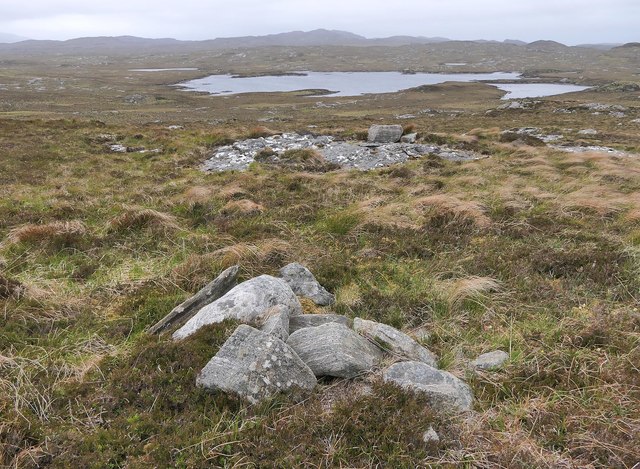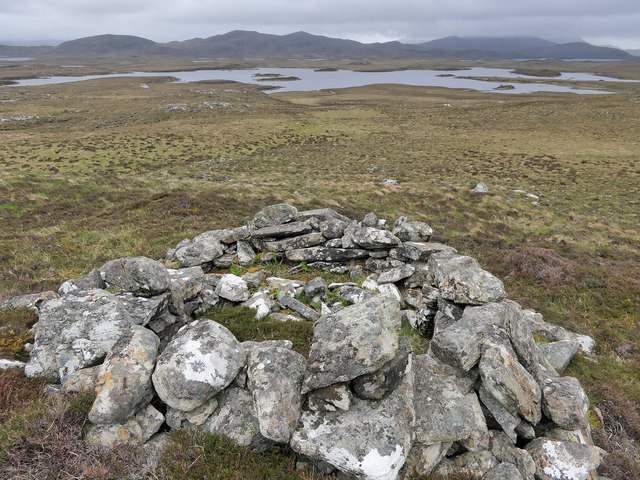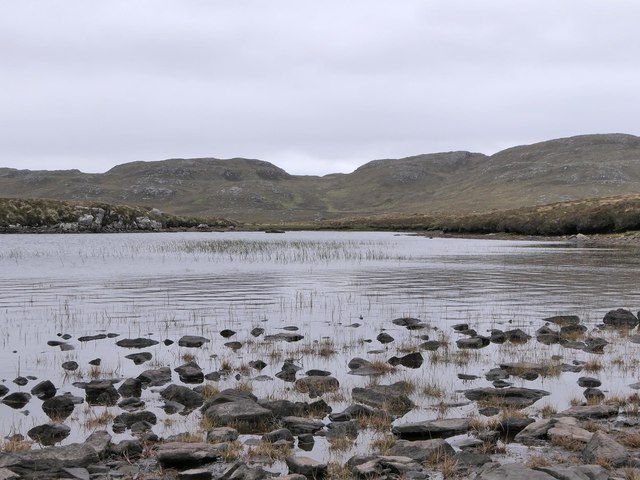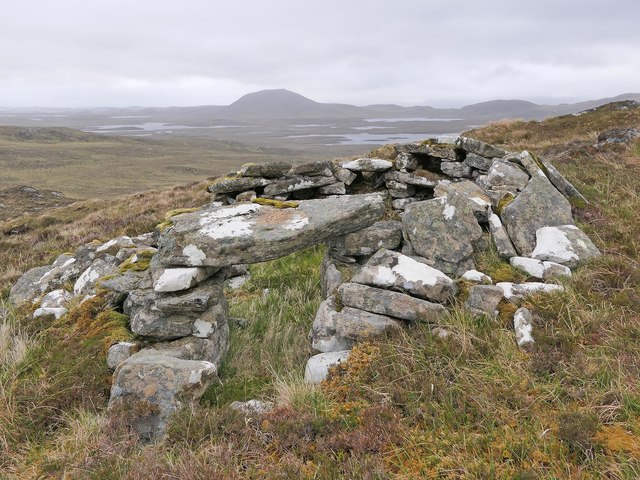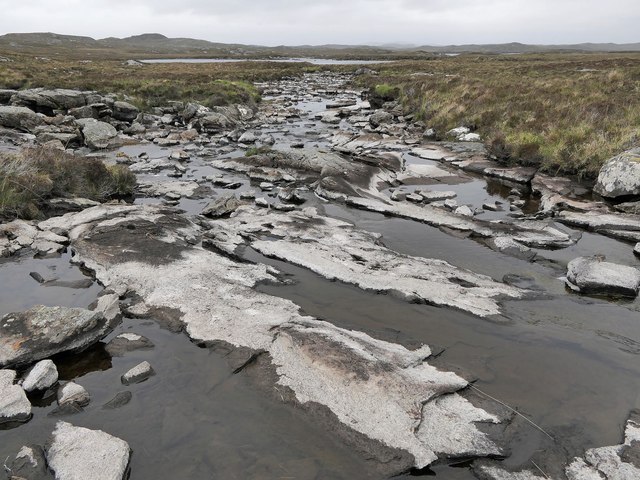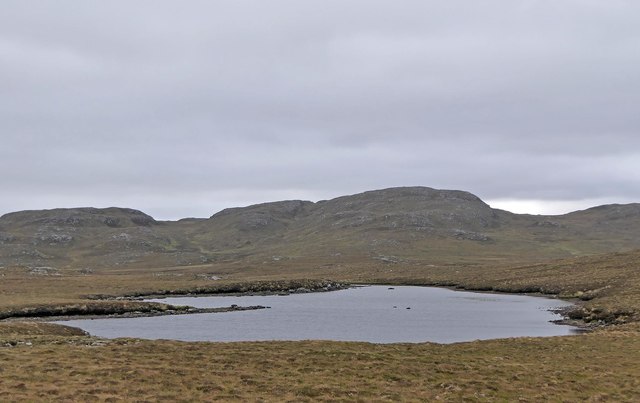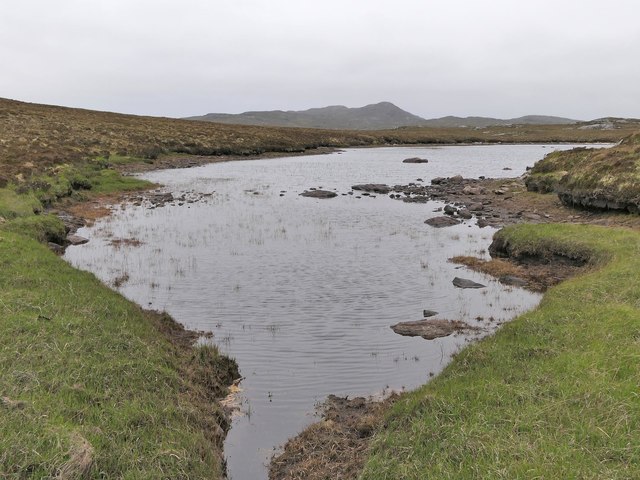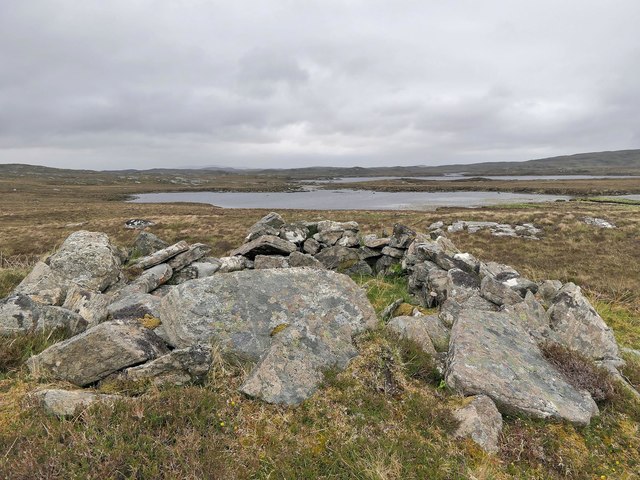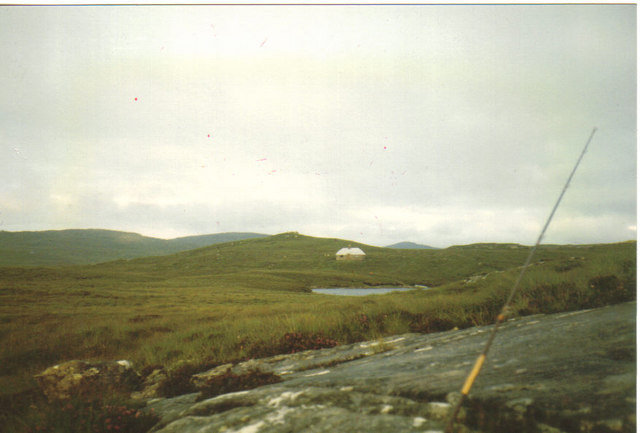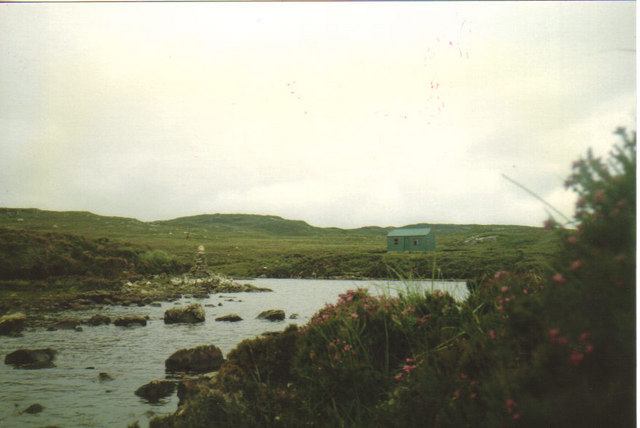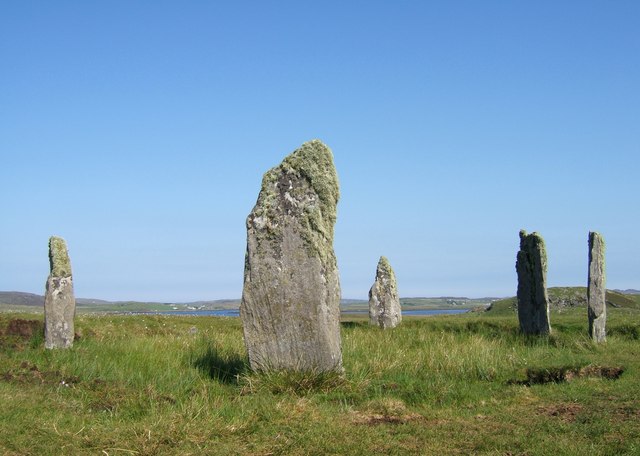Loch Faoghail a' Gharaidh
Lake, Pool, Pond, Freshwater Marsh in Ross-shire
Scotland
Loch Faoghail a' Gharaidh
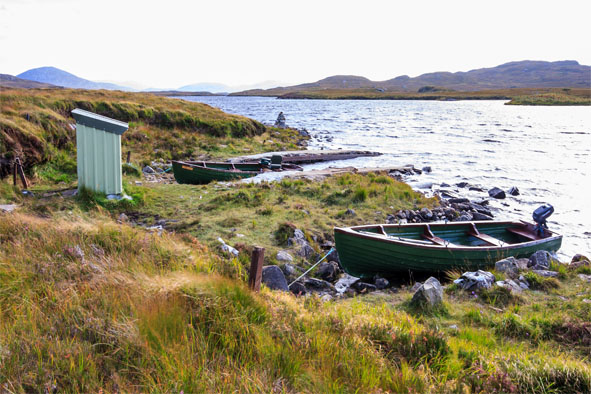
Loch Faoghail a' Gharaidh, located in Ross-shire, Scotland, is a picturesque freshwater loch encompassed by breathtaking natural beauty. This serene body of water is nestled amidst lush greenery and rolling hills, creating a tranquil and idyllic setting.
With a surface area of approximately 10 acres, Loch Faoghail a' Gharaidh boasts crystal-clear waters that reflect the surrounding landscape. It is a popular spot for fishing enthusiasts, as the loch is home to a variety of fish species, including brown trout and perch. Anglers can be seen dotting the shoreline, patiently awaiting a bite from these elusive creatures.
The loch is flanked by a diverse array of flora and fauna, including reed beds and freshwater marshes, which provide a habitat for a multitude of bird species. Birdwatchers flock to Loch Faoghail a' Gharaidh to observe the likes of herons, ducks, and geese, as they gracefully glide across the water or take shelter on the marshy banks.
Surrounded by tranquility and natural beauty, Loch Faoghail a' Gharaidh serves as a haven for outdoor enthusiasts. Visitors can explore the surrounding area on foot, taking in the stunning scenery and enjoying the peaceful ambiance. The loch also offers opportunities for water-based activities such as kayaking and canoeing, allowing visitors to experience its beauty from a different perspective.
Whether one seeks a peaceful retreat amidst nature or an opportunity for outdoor adventure, Loch Faoghail a' Gharaidh provides an ideal destination. Its unspoiled beauty and diverse ecosystem make it a must-visit location for those exploring the stunning landscape of Ross-shire.
If you have any feedback on the listing, please let us know in the comments section below.
Loch Faoghail a' Gharaidh Images
Images are sourced within 2km of 58.127418/-6.7509233 or Grid Reference NB2025. Thanks to Geograph Open Source API. All images are credited.
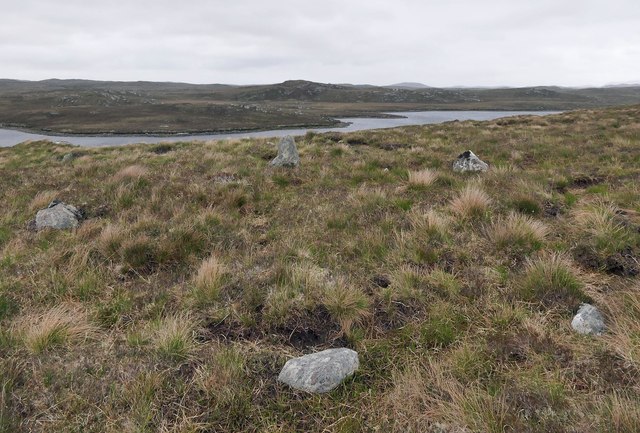
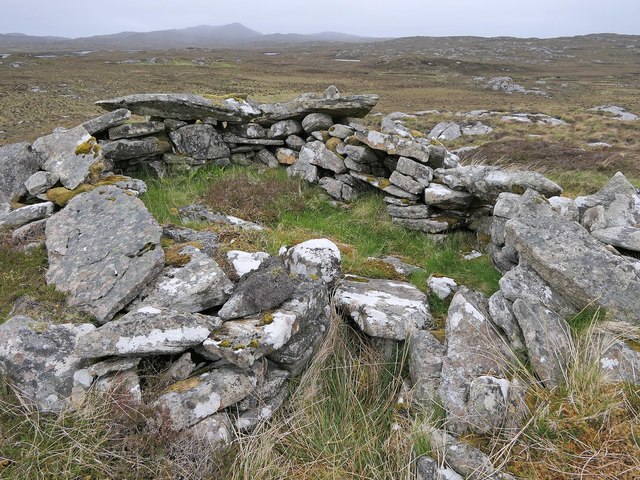
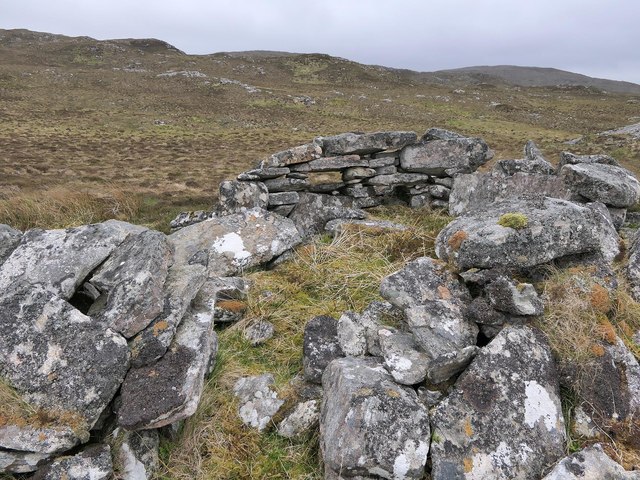
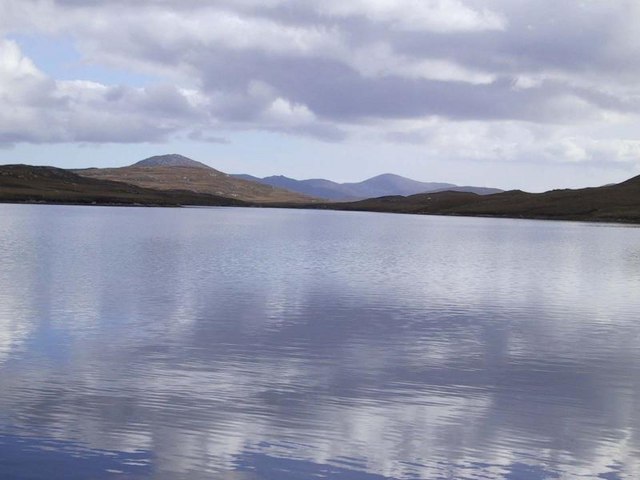
Loch Faoghail a' Gharaidh is located at Grid Ref: NB2025 (Lat: 58.127418, Lng: -6.7509233)
Unitary Authority: Na h-Eileanan an Iar
Police Authority: Highlands and Islands
What 3 Words
///tolls.tweeted.dorms. Near Leurbost, Na h-Eileanan Siar
Related Wikis
Eilean Mòr, Loch Langavat
Eilean Mòr is an island in Loch Langavat on the Isle of Lewis in the Outer Hebrides of Scotland. == Footnotes ==
Callanish IV
The Callanish IV stone circle (Scottish Gaelic: Ceann Hulavig) is one of many megalithic structures around the better-known (and larger) Calanais I on...
Garynahine
Garynahine (Scottish Gaelic: Gearraidh na h-aibhne) is a settlement on Lewis, in the Outer Hebrides, Scotland. Garynahine is situated at a T-junction where...
Garynahine Estate
Garynahine Estate (Scottish Gaelic: Gearraidh na h-aibhne) in Garynahine, a village on the Isle of Lewis, Outer Hebrides was owned by Sir James Matheson...
Have you been to Loch Faoghail a' Gharaidh?
Leave your review of Loch Faoghail a' Gharaidh below (or comments, questions and feedback).
